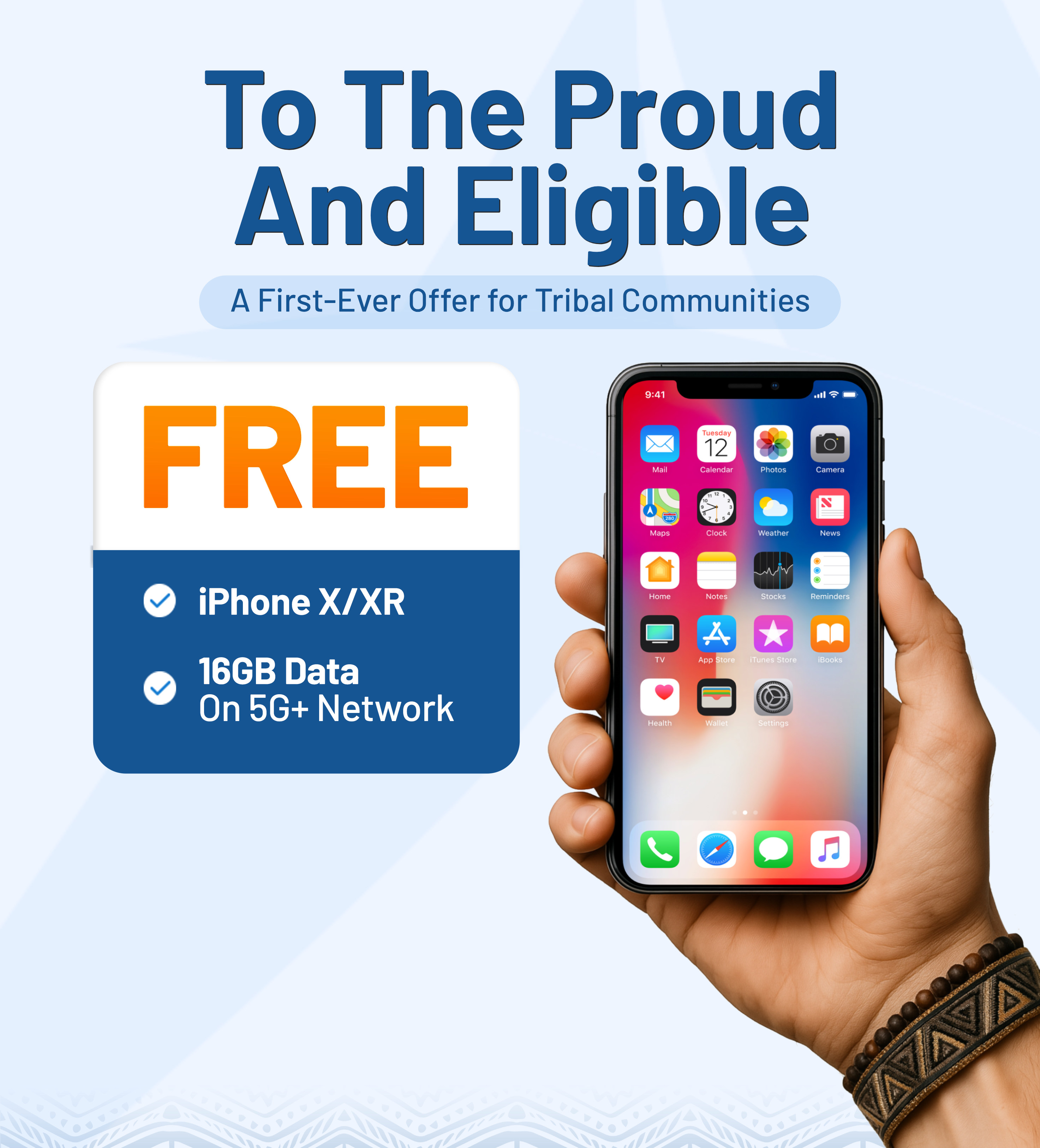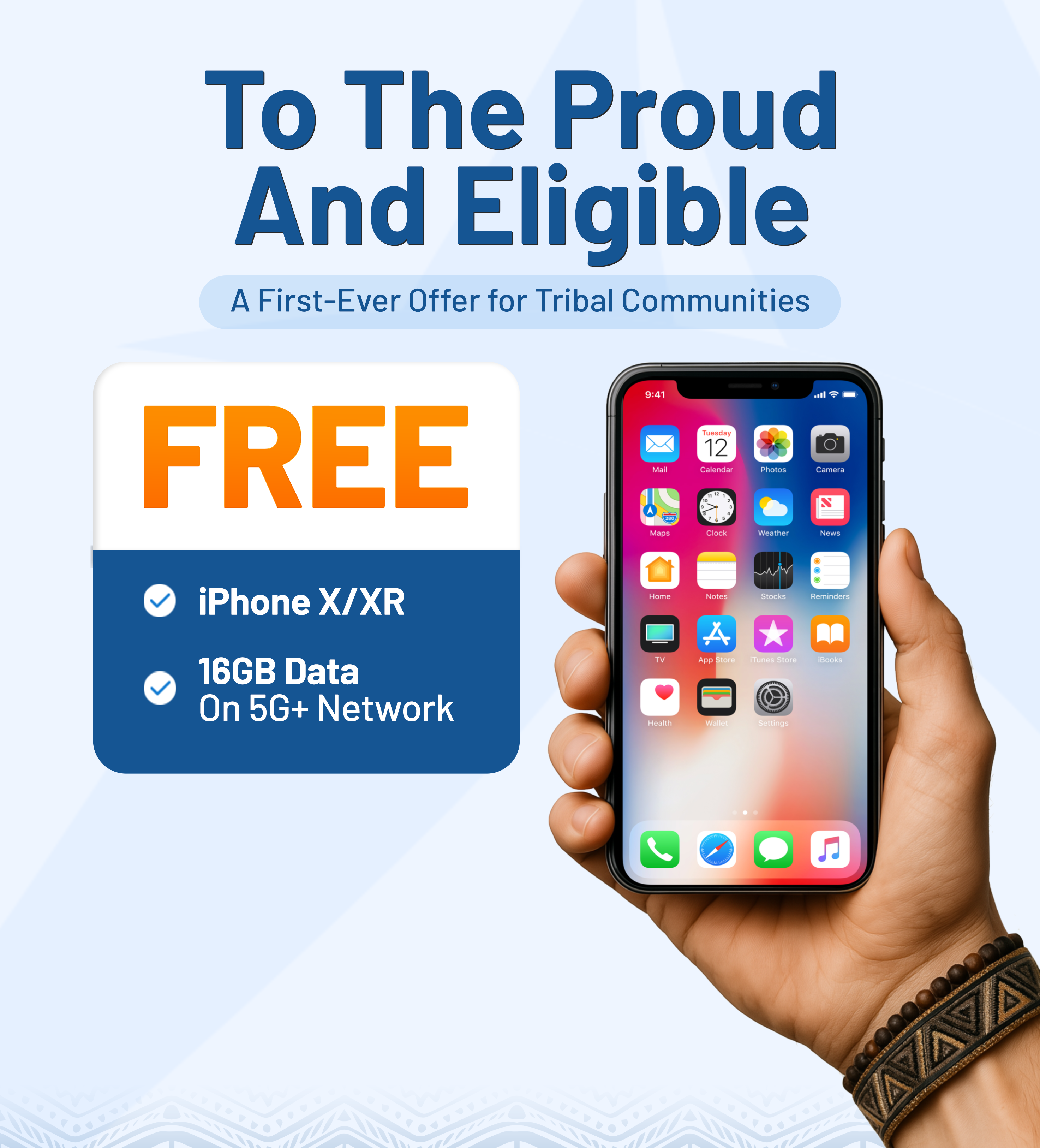Many individuals seeking government nutrition aid in the United States are often curious about the distinctions between SNAP vs WIC. While both programs aim to improve meal quality and provide financial support for low-income households, they serve entirely different target groups and needs.
This article will help you clearly understand the core differences between SNAP and WIC, from eligibility requirements to how the benefits can be used.
1. What is The Difference Between SNAP and WIC?
1.1. What is SNAP?
SNAP (Supplemental Nutrition Assistance Program) stands as the largest food assistance initiative managed by the U.S. government. It is designed to help low-income individuals and families purchase healthy food, ensure food security, and improve the nutritional quality of daily meals.
Previously known widely as “food stamps”, SNAP has now been modernized through the Electronic Benefit Transfer (EBT) system.

SNAP recipients use EBT cards to purchase food at over 240,000 authorized food retailers across the United States.
The goals of SNAP are to:
- Reduce hunger and food insecurity in communities.
- Its primary goal is to enhance health and nutrition by providing access to nutritious food.
- Provide temporary support for households facing economic hardship.
Studies by the USDA show that SNAP participants, especially children, tend to perform better academically, have fewer hospitalizations, and enjoy better overall health compared to low-income families not receiving support from the program.
1.2. What is WIC?
WIC (Women, Infants, and Children Program) is a nutrition assistance program with a more specific target group than SNAP.
WIC primarily serves pregnant women, postpartum mothers, infants, and children under age 5 who are at nutritional risk or living in economically disadvantaged conditions.

The programis administered by the Food and Nutrition Service (FNS) under the U.S. Department of Agriculture (USDA) and is implemented at the state and local levels.
Each state may have its own WIC-approved food list but must follow federal guidelines. WIC uses a separate card system called eWIC, and recipients can only purchase approved items from the WIC food list, according to specified types, sizes, and brands.
WIC is considered one of the most effective public health programs, with measurable benefits such as:
- Higher rates of healthy births.
- Reduced rates of preterm births and low birthweight.
- Increased access to early medical care.
1.3. WIC vs SNAP vs EBT
Similarities between SNAP vs WIC
- Are federally funded food assistance programs.
- Target low-income individuals with nutritional support.
- Both use electronic card systems (EBT or eWIC) for transactions.
- Both are administered by the USDA.
Key differences between WIC vs SNAP
| Criteria | SNAP | WIC |
| Target population | All low-income individuals | Pregnant women, postpartum women, and children under 5 |
| Usage scope | Purchase any essential food (except prohibited items) | Recipients are limited to purchasing only specific food items that are pre-approved from the WIC food list |
| Nutrition counseling | Not provided | Includes personalized counseling and breastfeeding support |
| Duration of support | Continuous if eligibility is maintained | Provided in cycles (3–6 months) and requires re-certification |
EBT (Electronic Benefit Transfer) is the electronic payment method used by both SNAP and WIC to deliver benefits.
It’s important to note that while both programs use electronic benefit cards, the SNAP EBT card and the eWIC card operate on separate systems and cannot be used interchangeably.
For example, you cannot use a SNAP EBT card to buy WIC-approved items unless you are enrolled in the WIC program.
In summary:
- SNAP is broader and more flexible, offering wide support to low-income individuals.
- WIC is more focused, targeting nutritionally vulnerable groups like women and young children.
- EBT is simply the technology used to distribute benefits, not a program itself, and the systems are program specific.

2. WIC and SNAP Eligibility Requirements
Both SNAP and WIC are federal nutrition assistance programs, but each has its own set of eligibility criteria to determine who qualifies.
Understanding these requirements can help you maximize the benefits you may be entitled to.
2.1. SNAP eligibility requirements
SNAP has relatively flexible eligibility criteria, aiming to support as many low-income households as possible. Below are the main requirements:
Household income
This is the most important factor. The total household income must fall below the federal income limits, which vary depending on household size.
The income limit to qualify for SNAP is based on a percentage of the Federal Poverty Level (FPL).
As of 2025, most households must have a net income (after taxes and allowable deductions) below 100% of the FPL, and a gross income (before taxes) below 130% of the FPL.
(*) For example, a family of four may qualify if their gross monthly income does not exceed approximately $3,250 (this number may vary by state and over time).
This information also answers the common question: What Is the Highest Income to Qualify for SNAP? You can determine the maximum income you can earn while still remaining eligible for SNAP benefits.
Citizenship and residency status
Applicants must be U.S. citizens or lawful permanent residents. Some non-citizens may qualify under special conditions (e.g., lawfully residing children, refugees, etc.).
Assets and savings
Assets are considered, but the rules are more lenient than other assistance programs. For example, a car used for work or daily living may not count toward total asset limits.
Work requirements
Able-bodied adults without dependents (ABAWDs) must meet work requirements, typically working or participating in a job training program for at least 20 hours per week to continue receiving SNAP.
2.2. WIC eligibility requirements
The WIC program serves a more specific population and imposes stricter health and financial criteria:
Specific target groups
To qualify for WIC, applicants must fall into one of the following categories:
- Pregnant or postpartum women (within 6–12 months)
- Infants under 12 months old
- Children under age 5
Household income
Household income must be below 185% of the Federal Poverty Level (FPL). The exact figure depends on family size and the state of residence.
Those already receiving SNAP, Medicaid, or TANF are often automatically considered eligible for WIC (categorical eligibility).
Nutritional risk
Unlike SNAP, WIC applicants must undergo a nutrition risk assessment. Indicators such as being underweight, anemic, having an unbalanced diet, or being at risk for developmental delays are evaluated to determine eligibility.
Residency requirements
Applicants must reside in the state where they are applying for WIC and may be asked to provide proof of residency.
Read more: WIC Free Phone: How To Apply & Best Options For 2025
3. How to Use SNAP and WIC Benefits in Daily Life?
3.1. Apply for Lifeline and get free phone services
Participants in SNAP and WIC programs may also qualify for other government assistance programs such as Lifeline.
This is a federal program that provides free or discounted phone services for low-income households.

Through a partnership with Lifeline, one of the most prominent participating service providers, AirTalk Wireless, offers additional exclusive benefits to eligible participants, including:
- Free 4G/5G smartphones from top brands
- Free high-speed mobile data
- Unlimited talk and text
- Free international calls to over 200 countries and territories
To qualify, you simply need documentation proving that you are currently enrolled in SNAP, WIC, Medicaid, or have an income below the Lifeline program threshold. Registration is quick and can be done online through the official AirTalk Wireless website.

Note: The documents required to prove your eligibility may vary depending on the state you live in. For example, participation in WIC is accepted as proof of eligibility only in California. Other states may not recognize WIC as a qualifying benefit. Make sure to check your state’s specific requirements before submitting your application.
>>> Read more: 5 Steps To Get Free Phone Service With Food Stamps (SNAP)
3.2. What foods can I buy with WIC vs SNAP?
Understanding which foods you can buy with SNAP and WIC helps you make the most of your benefits.
SNAP allows you to purchase most essential groceries to prepare meals at home, including:
- Fruits and vegetables
- Meat, poultry, and fish
- Dairy products
- Bread and cereals
- Snacks and non-alcoholic beverages
- Seeds and plants that produce food for the household
However, SNAP does not cover alcohol, tobacco, hot prepared foods, dietary supplements (like vitamins), or non-food items.
WIC offers a specific list of foods tailored to support the nutrition needs of pregnant women, new mothers, infants, and young children. These include:
- Milk, eggs, cheese, and yogurt
- Whole grain cereals, whole wheat bread, brown rice
- Beans, lentils, peanut butter
- 100% fruit juice (excluding orange and grapefruit)
- Soy milk, tofu, goat’s milk
- Baby foods: infant formula, infant cereals, pureed fruits and vegetables
WIC recipients must follow an approved food list and purchase only the specified types, sizes, and brands.
Read more: Trump Administration’s SNAP Changes: Will Food Stamps Be Cut?
4. FAQs
Can I get WIC and Food Stamps at the same time?
Yes, you can absolutely receive both WIC and SNAP (food stamps) at the same time, as long as you meet the eligibility criteria for both programs.
In fact, many low-income families with young children benefit from using both WIC and SNAP concurrently to maximize their food and nutrition assistance. SNAP offers flexible financial support to purchase a wide range of groceries, while WIC focuses on nutrient-rich foods and provides targeted counseling for mothers and young children.
Using both programs together not only eases financial strain but also significantly improves your family’s meal quality and overall health.
Can I add my WIC card to DoorDash?
No, you cannot add your WIC card to DoorDash. WIC benefits are restricted to in-store purchases at authorized retailers and cannot be used for online food delivery services like DoorDash, Uber Eats, or Grubhub. This limitation is due to the specific regulations governing WIC transactions, which require in-person verification and adherence to approved food lists.
While the USDA is exploring options to modernize WIC, including online ordering and transactions, these initiatives are still in development and not widely implemented.
>>> Read more: Does DoorDash accept EBT?
Understanding the key differences between SNAP vs WIC is crucial for maximizing your benefits. Whether you’re looking for flexible food assistance through SNAP or targeted nutrition support via WIC, both programs play vital roles in supporting low-income families. If you think you qualify for either program, be sure to check the eligibility criteria and start your application process today.


